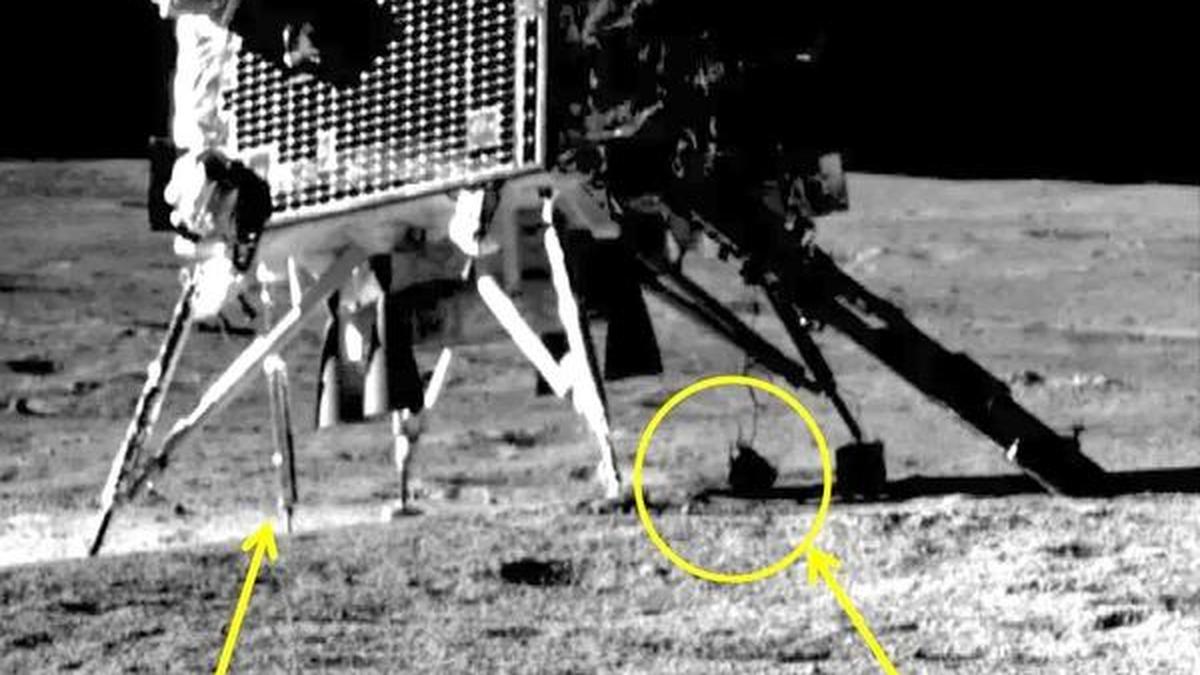Chandra’s Surface Thermophysical Experiment (ChaSTE)

- 04 Apr 2025
In News:
India’s Chandrayaan-3 mission, which successfully landed on the Moon’s south polar region on August 23, 2023, achieved a global first with its Chandra’s Surface Thermophysical Experiment (ChaSTE) — the first thermal probe to successfully penetrate the soil of a celestial body and measure subsurface temperatures in situ.
About ChaSTE:
- Full form: Chandra’s Surface Thermophysical Experiment.
- Part of: Vikram lander (Chandrayaan-3).
- Depth achieved: Successfully tunnelled10 cm into the lunar regolith.
- Duration of operation: From August 23 to September 2, 2023.
- Significance: First successful deployment of a thermal probe into extraterrestrial soil.
Key Features:
- Temperature sensors: 10 sensors spaced 1 cm apart near the probe’s tip.
- Deployment mechanism: Unique rotation-based system — unlike previous missions that used hammering mechanisms.
- Measurement technique: Monitored changes in motor resistance and tip temperature to determine soil contact and depth.
Scientific Outcomes:
- Provided direct temperature profiles of lunar subsurface near the south pole.
- Enabled insights suggesting greater-than-expected presence of water ice beneath the surface.
Comparison with Previous Attempts:
Mission Agency Celestial Body Instrument Outcome
Rosetta – Philae (2014) ESA Comet 67P MUPUS Deployment failed due to
landing bounce
InSight (2018) NASA Mars HP3 ("The Mole") Could not collect data;
probe failed to burrow
as intended
Chandrayaan-3 (2023) ISRO Moon ChaSTE Successful soil
penetration and
temperature measurement
- Innovation Edge: Unlike ESA’s and NASA’s hammer-based devices, ChaSTE used a rotating drill, allowing steady penetration despite lunar soil resistance.
- Developed by the Physical Research Laboratory (PRL), Ahmedabad.
